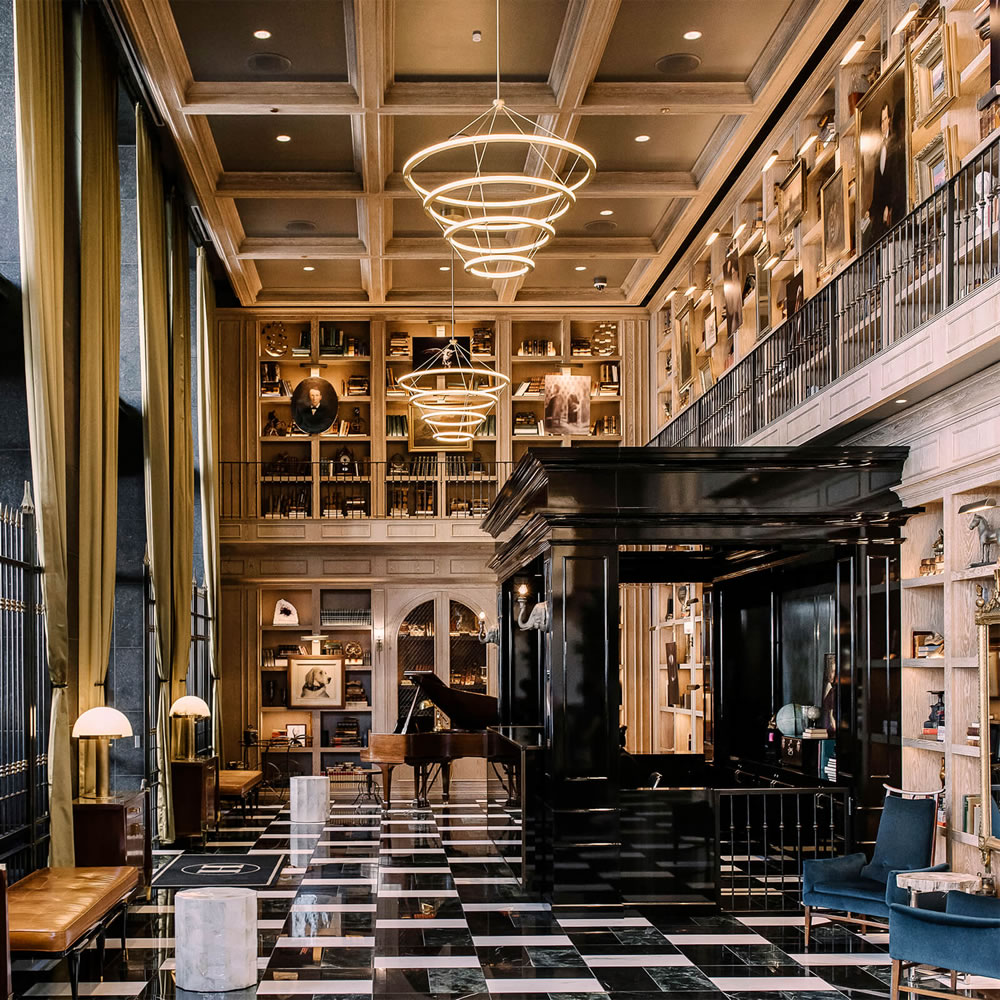Purchased for $1.356 million in March of 2018, the 830-square-foot, one-bedroom unit #26F in The Harrison tower at 401 Harrison Street, a light-filled, corner unit with “unobstructed south-facing water views, west-facing views of SoMa and Twin Peaks, and resort-style living on the San Francisco waterfront with a comprehensive assortment of resort-style amenities,” returned to the market priced at $1.350 million two months ago.
Dropped to “$999,000” after just two weeks on the market, the resale of 401 Harrison Street #26F, which features one of the “most…desirable floor-plans in the building,” has now closed escrow with a contract price of $925,000, down 31.8 percent, below its first quarter of 2018 value, on an apples-to-apples basis.
Two months ago, the 840-square-foot, one-bedroom unit #28A in The Harrison, a slightly larger and higher unit, but with a less desirable floor plan and obstructed views, traded for $800,000, which was only down 29.0 percent from the fourth quarter of 2018 on an apples-to-apples basis, having previously sold for $1,127,000.
And yes, that’s all despite some recent misreports regarding the “pivotal” state of the local market; the fact that the frequently misreported index for “San Francisco” condo values is “still up!” over the same period of time(s); and the 819-square-foot, one-bedroom unit #11G at 401 Harrison Street only traded down 5.2 percent, in 2020.



That’s gotta be a hard conversation between the listing agent and the seller, when your unit sells for a reduction of 29.0 percent or 31.8 percent from the price you paid for it six years ago.
Not only are you paying upwards of $45,000 just in real estate agent commissions, but on top of that, one of them calls you to inform you that you’re going to have to get your bank to send in an additional significant amount of your savings in order to close the deal (unless you made a much more substantial than usual down payment).
Didn’t this used to be called One Rincon Hill? Why the marketing change?
That’s a completely different building
“One Rincon Hill” is the sister tower. 401 Harrison was slated to be the second phase/tower of the Rincon Hill development but was subsequently foreclosed upon, sold to a different development group, and then repositioned and rebranded as The Harrison.
2 different buildings
O R H is the tower next door
I suppose an argument can be put forth that it is self-evident, or at least should be – particularly to those always “plugged in” readers (who are seldom suprised) – that the main picture isn’t the unit itself, but….
I think there’s a word for getting people to click on a story via
misleadingtitillating pics/headlines, so either “SHAME!”…or “well, played” (considering one has to be on the site already to see it).The featured picture is the lobby of…The Harrison. Yes, the headlined building and lobby for the units referenced. What’s the word for…
In this case, I think the editor is justified in highlighting the lobby and not the unit itself (see the 2nd link included in the first ‘graph above to see what I mean).
Just judging by the listing photos, the 26 ‘F’ apartment didn’t give you much in exchange for your $1.356 million in 2018 dollars (or, according to the CPI Inflation Calculator on the BLS website, over $1,686,216 in today’s money; a $271,200 2018-era down payment against which would have been completely vaporized by this most recent sale in nominal terms) and you’re probably not going to invite multiple friends over to take in the views from your 830 ft.² 1 bedroom unit to celebrate the closing of your startup’s series B capital raise.
No, if you’re going to invite friends over, you’re going to schedule that 3,500 ft.² private penthouse lounge for your cocktail party and have them be wowed by that two-story Ken Fulk-designed lobby upon arrival. At least I would. Amenities like that are what you’re paying the $1,527 monthly HOA fees for.
The lobby is Ken Fulk? I like the Boulevard restaurant re-design, which is his, but the lobby of The Harrison is shockingly ugly. Or at least shockingly out-of-place for a modern high rise. I had no idea it was a big-name designer who did that.
Oh, they we’re forgiven, without even having to tap into the store of indulgences, since, as I noted it quickly became self-evident that was not a picture of an 830 sq ft unit. Still, it was somewhat disappointing to make the discovery, since SS has featured condos that were that grand in volume if not décor.
Condos seem to be dropping like rocks. I haven’t been paying as much attention to the housing market. How are house prices holding up?
Condo prices have taken a hit, especially condo units in South Beach.
Tale of Two Cities. Anything downtown-ish is getting hammered. Everything else is doing fine-ish. The amount at which it’s getting hammered is probably linear to the distance from 2nd and Market 🙂
Unless one defines “fine-ish” as having dropped less than 15-20 percent, prior to taking into account the impact of leverage, that’s not a particularly accurate read, particularly when tracked on an apples-to-apples basis.
10%-20% downturns happen. It happened in 2001-2003, 2009-11, and now again in 2022-202?. I’m glad you’re documenting it, but I don’t think there’s anything long term to worry about. If you’re attempting to flip properties or you have a quick trigger finger to move elsewhere, yeah, you might have taken a hit.
The vast majority of owners are either still up from their cost basis or down but holding on through to the other side. The general chart is up and to the right, although I will say that remote work + SF’s newfound interest in building housing, the chart may be up and to the right at a slower rate for a while…
Yes, downturns happen. And as we pegged back in December of 2021, the “2022-202?” downturn was on the way.
The notion that there’s nothing for a homeowner or buyer “to worry about,” unless “you’re attempting to flip properties or…have a quick trigger finger,” however, is not only incorrect but dangerous as well. Keep in mind that the average hold for a property that changes hands in San Francisco is around 6 years, which is only slightly shorter than the national average.
A “fine-ish” 10%-20% downturn is rather significant, particularly for a leveraged asset with high transaction costs and a long-term average rate of appreciation of around 4 percent per year. And the number of people that were misadvised with respect to the state of the markets and rates over the past couple of years (think, “this is just a downtown problem,” “established neighborhoods are doing fine,” or “mortgage rates are headed back into the fours”), leading to avoidable six and seven figure mistakes, is frightening.
At the same time, despite the popular misconception that nobody would sell unless forced, and homeowners would simply “[hold] on through to the other side,” over 20,000 homes traded hands in San Francisco from 2008-2011. People lose jobs and/or get stretched financially; get married, have kids and need more space; get divorced, sick or die; relocate, for various reasons; or simply want or need to tap the equity/savings in their homes.
Keep in mind that the average hold for a property that changes hands in San Francisco is around 6 years
By “average”, I assume you are referring to “mean”; as such I wonder how this is skewed by outliers: just out of curiosity, and not really expecting anything, I looked up my grandparent’s old house on Ina Ct. and was startled to see the last sales date was 1970! (which would match when my grandfather sold it after my grandmother died). So this house could bring the average of a set containing half-a-dozen flips up to six years all by itself. I’m guessing this is atypical, but I wonder by how much?
I would not be surprised if this stat was bifurcated. On my street there’s about 30% homes that haven’t changed hands for 30+ years, and another 30% that seem to change hands every 2-4 years.